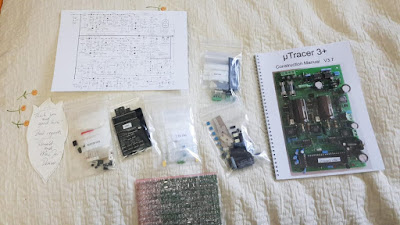For a long time now, I’ve been wanting to have a tube tester—something I’ve never owned—and also a vacuum tube curve tracer, since both would be incredibly useful for me. I often need to check the many tubes I have or receive from equipment I repair, and when designing radios or amplifiers, datasheets often lack the curves and operating points I specifically need…
For quite some time, I went without a tester, mainly because the ones I found were too simple (they only measured emission and little else) and also quite expensive for what they offered.
But recently, I found the perfect solution to this problem: the uTracer3+ by Ronald Dekker
As you can see on his website, the μTracer3+ is a very modern and sophisticated tube tester, with features that would have been unthinkable (and quite expensive) back in the tube era. It easily outperforms most vintage testers—especially the simpler ones—and comes at a relatively affordable price considering the quality and capabilities it offers.
Of course, I ordered the kit right away, and a few days later it arrived:
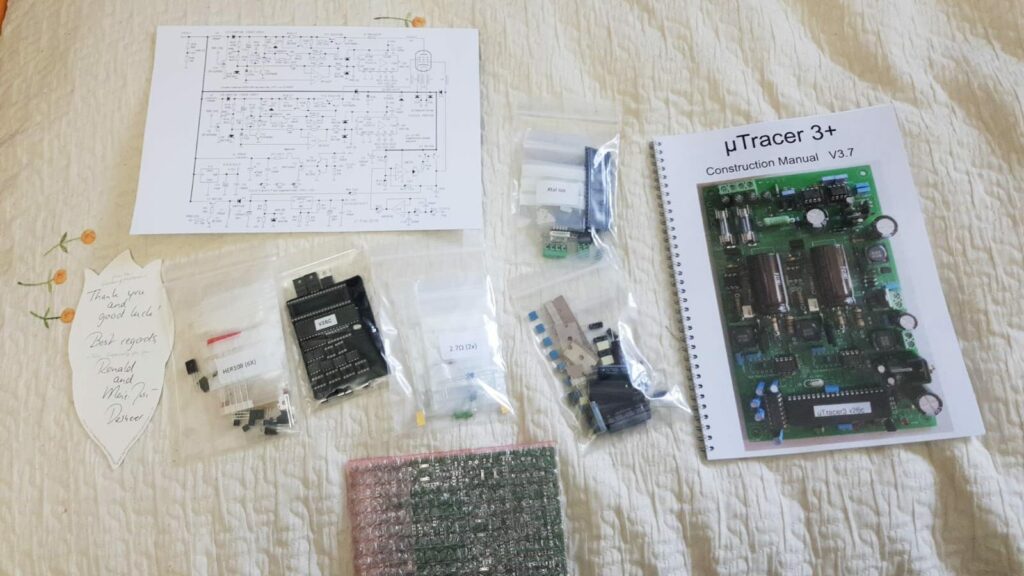
As you can see, it comes with the schematic, the construction manual, the PCB with the SMD components pre-soldered (thankfully!), the various parts needed to build it, and even a personal note from Ronald and his wife (thanks for the lovely touch!).
After a few hours of soldering components and carefully following the assembly guide (which is very reminiscent of the old Heathkit-style manuals—so if you follow the instructions to the letter, it’s hard to go wrong), I completed the kit entirely:

The kit worked perfectly on the first try, and although it still needs to be mounted in a proper case with an electrode selector system and several types of sockets to make it a true universal tube tester, I’ve already tested it with a few noval-type tubes I had on hand.
For example, a PL82 tube, which showed 91% emission in the quick test:
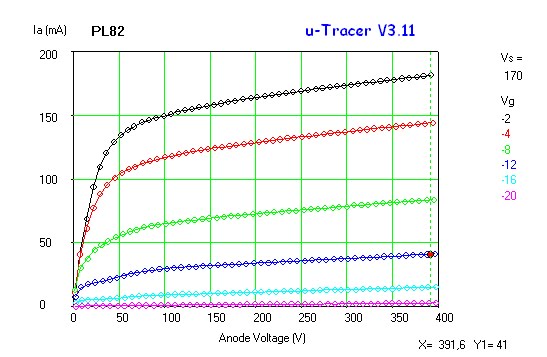
The curves of a Miniwatt EF184, made in Spain, brand new (at 113%):
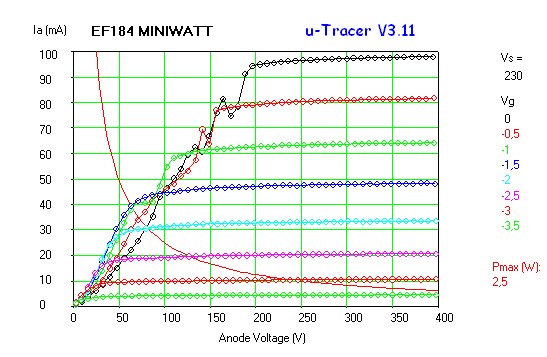
As you can see, the high gain of this tube causes a certain amount of oscillation to appear in the 0 V and -0.5 V curves. We can also obtain curves that don’t appear in the datasheets and are very helpful — for example, the curves of the EF184 in triode mode:
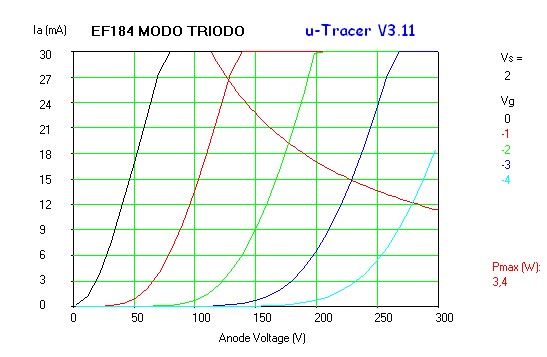
Finally, defective tubes can also be detected quickly and easily — like this PCF80, which is completely dead:
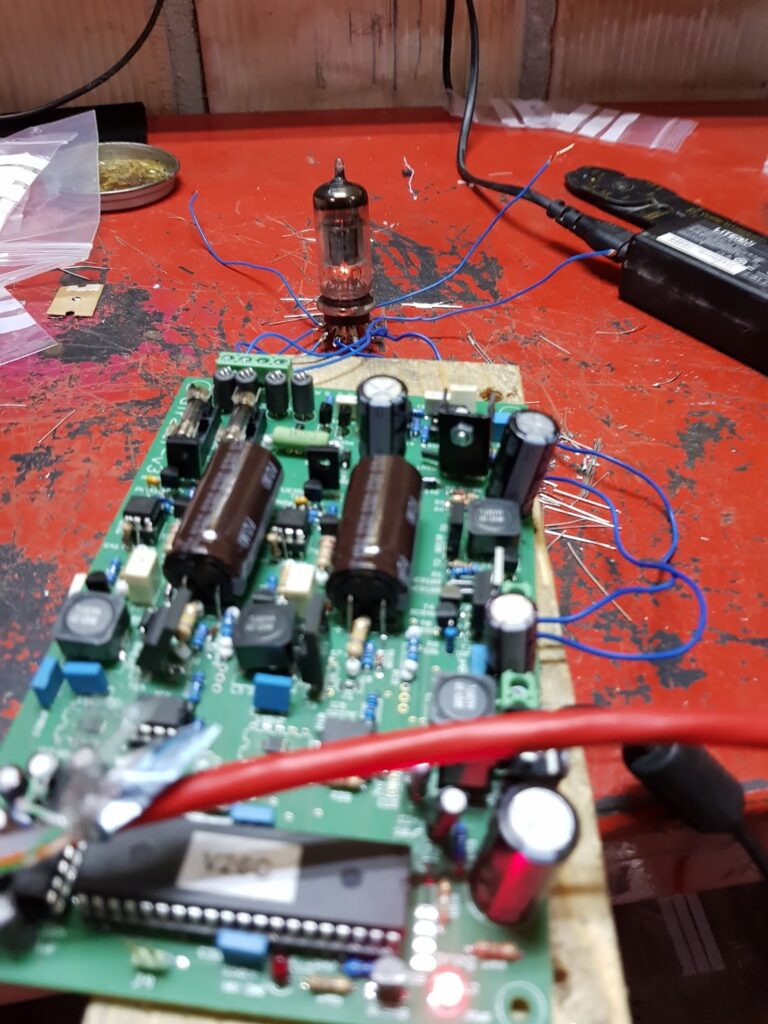
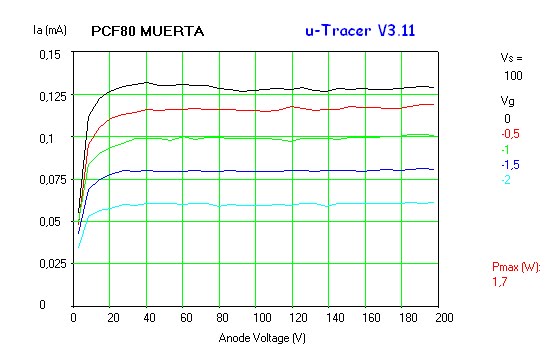
0% emission in the quick test for both the pentode and the triode — and after seeing the curves, I’m not surprised 🤭. A quick visual inspection showed the pentode section’s filament was glowing brighter than normal, while the triode section’s filament was completely off… So, straight to the bin you go!
I hope to find a suitable case and add different sockets and connectors for a more versatile and professional setup, but that’ll come later. For now, I’m 100% satisfied and I highly encourage anyone considering it to get one — it’s both fun and extremely useful.

